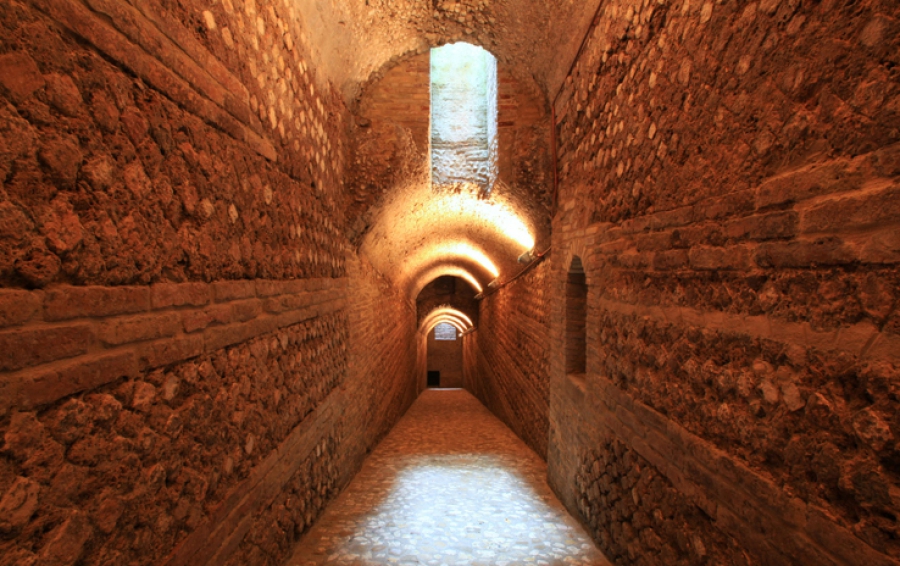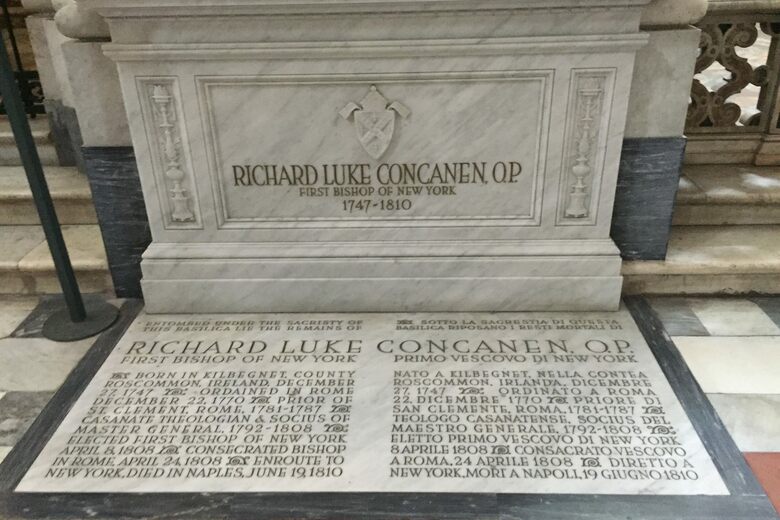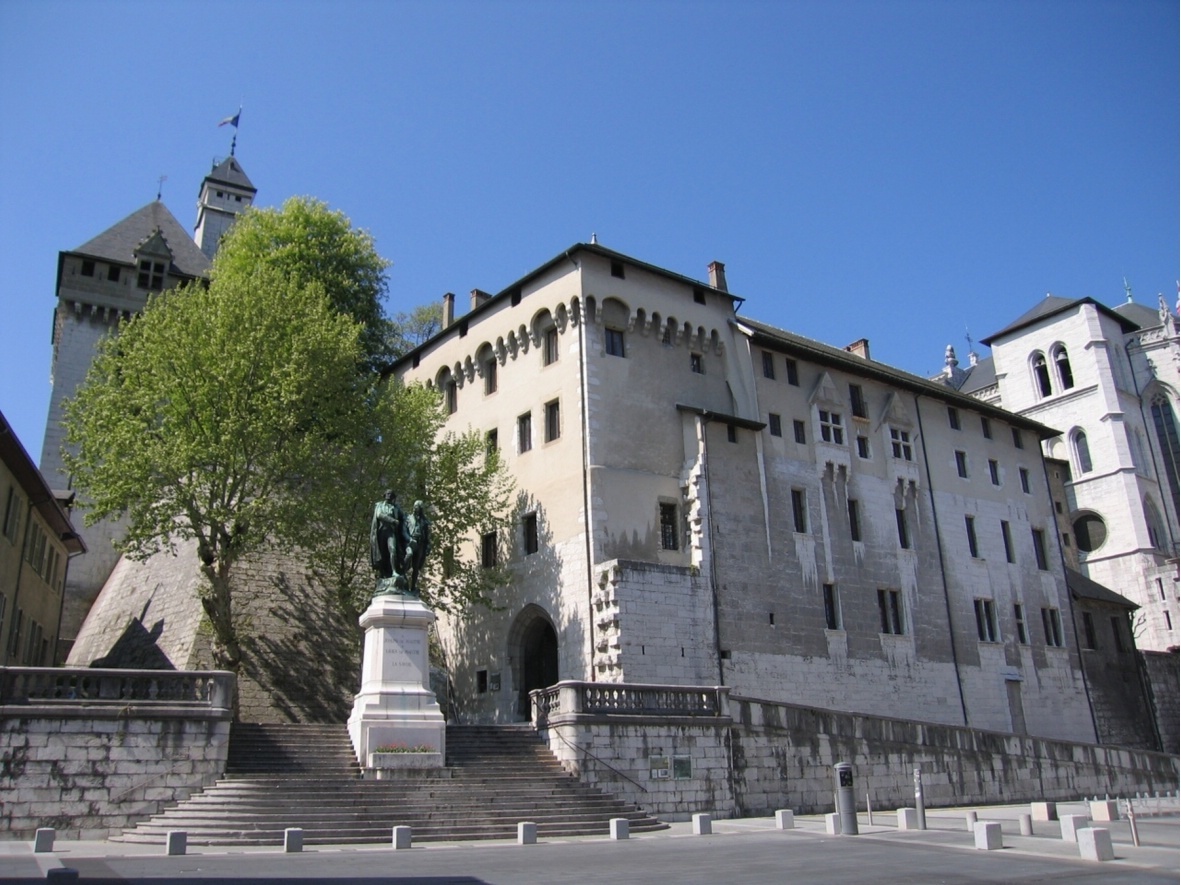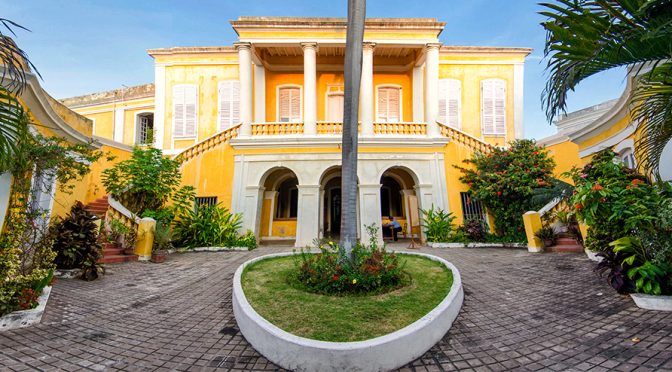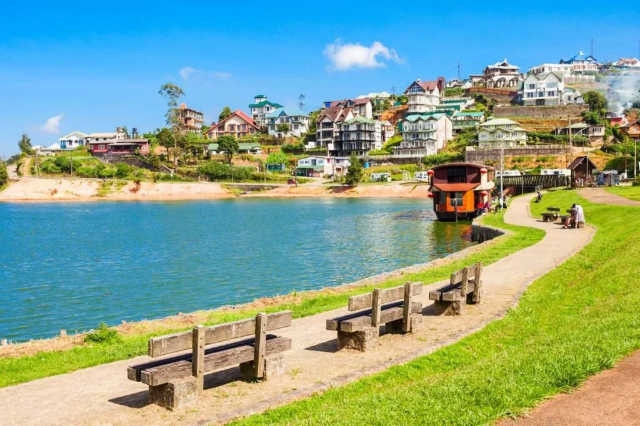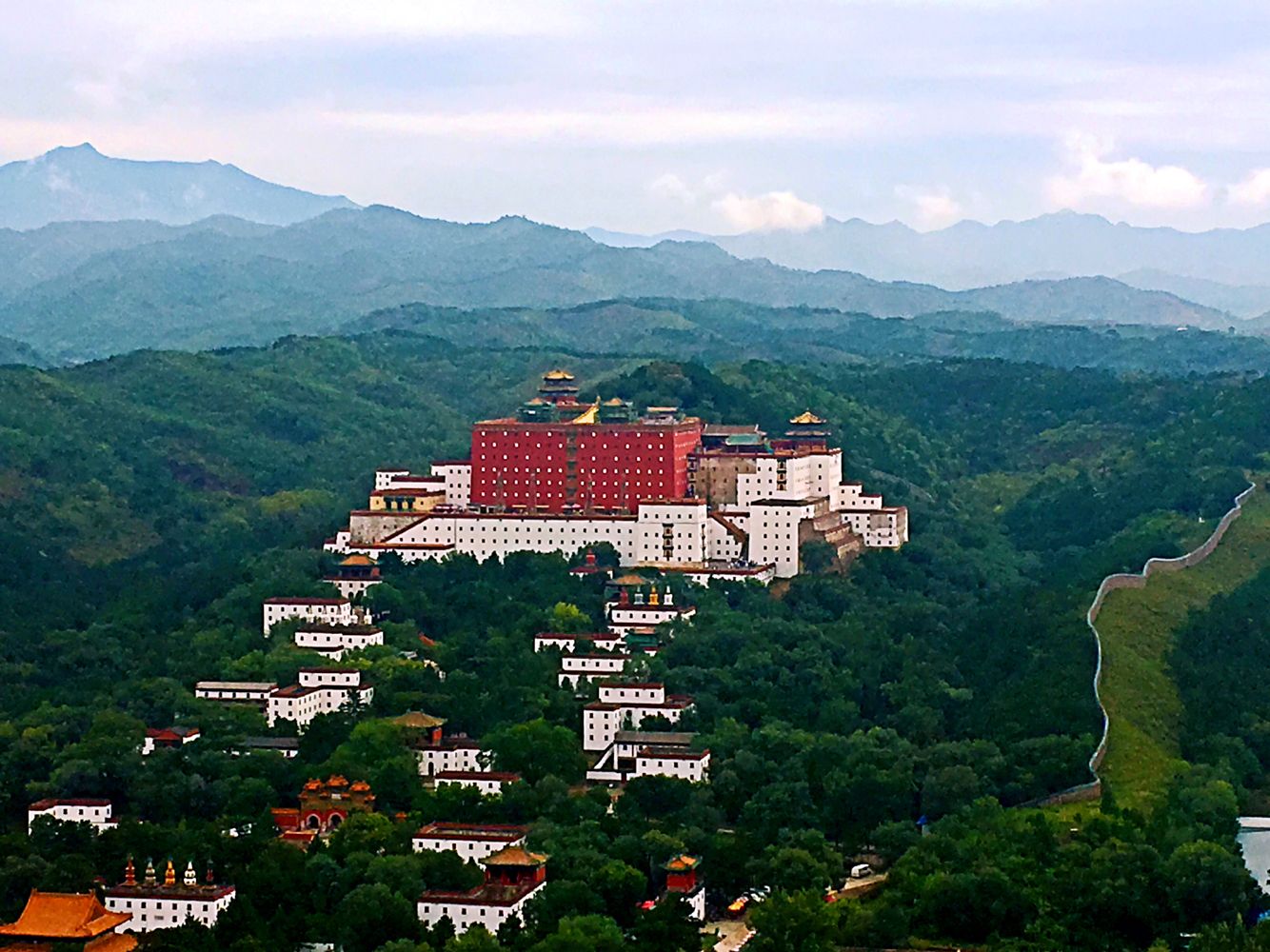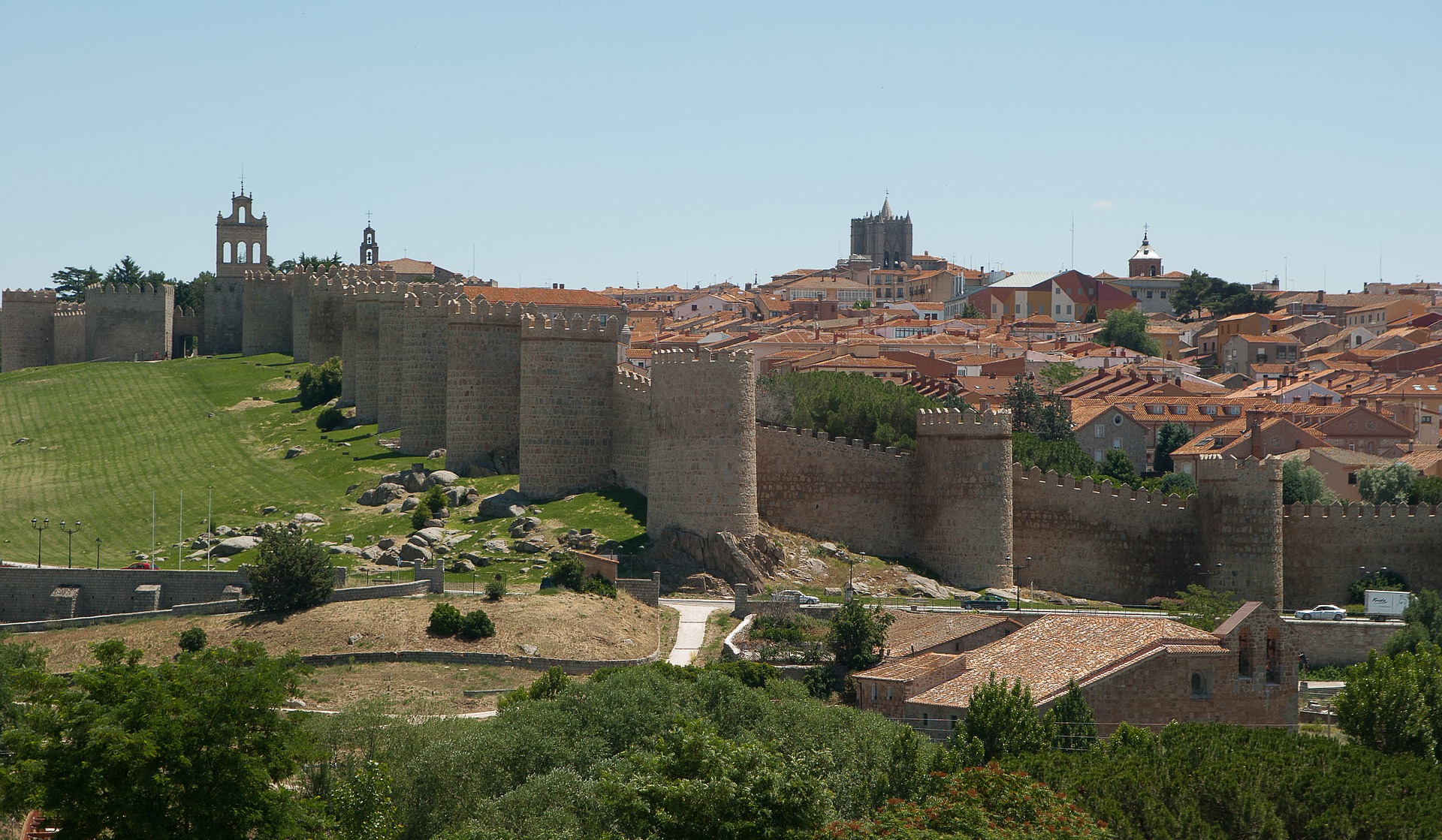In the basement of the seventeenth-century Palazzo de’ Mayo, there is the Via Tecta, an interesting and well-preserved underground structure. The visible structure consists of a long, steeply sloping corridor covered with a series of barrel vaults in opus cementitium, 45 metres long and 4 metres high, which together with the connected tunnels reaches a total length of 90 metres.
The Via Tecta, which crosses the ancient route of the Via Valeria, today’s Corso Marrucino, in an orthogonal direction, was a covered road that served to control the water network, located below the floor of the tunnel, allowing access through tunnels and manholes to carry out inspections and maintenance.
The natural flow of water was thus controlled by means of a branched water infrastructure that probably served to feed the cistern of the Roman Baths.
